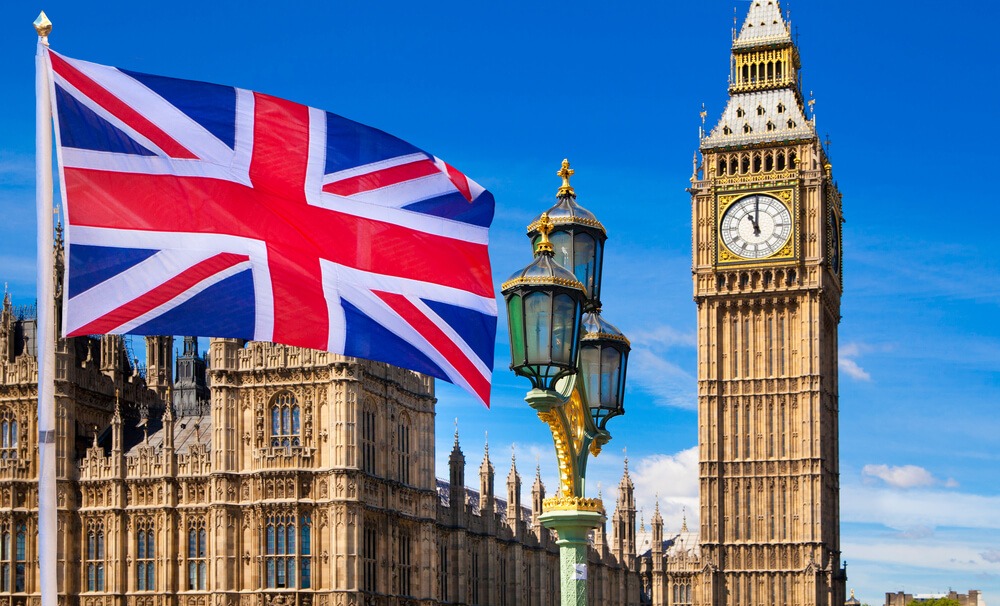
Post-Covid Increases Risks for the UK
Over the past year, concerns about inflation have reappeared. The panel of experts is split between those predicting that UK inflation will be roughly at its current target and those believing that inflation will be above target in the upcoming decade. A smaller minority worry that the UK growth rate will be too low for the Bank of England to stimulate inflation. Beyond the growth rate of the economy, additional factors that panellists are monitoring to project inflation include the effects of Brexit, rising public debts, and global factors.
The January 2021 Centre for Macroeconomics (CfM) survey asked members of its UK-based panel whether inflationary or deflationary pressures would dominate in the upcoming decade and about the main driving force since the Global Crisis, inflation expectations have been subdued in most advanced economies. Central banks have made herculean efforts to hit their inflation targets from below. The consensus prior to Covid-19 was certainly that high rates of inflation would not be a major threat to advanced economies in the foreseeable future.
This past year, new voices have emerged expressing concern about inflation. In a provocative book, Good hart and Pradhan (2020a) argue that deflationary (and low interest rate) pressures have been supported by a longer-term demographic cycle that is close to turning (see also Good hart and Pradhan 2020b, Good hart 2020, Wolf 2020). Except for Africa, populations in all world regions are now turning from growth to decline.
In Europe, the baby boom generation has entered retirement age. China’s labour force is increasingly dominated by the one-child generation. Retirees in Japan and elsewhere have accumulated massive stocks of savings that may be spent in retirement.
The authors also argue that the deflationary pressures have been partially due to a massive increase in the global labour supply, with low wage workers in China, other parts of East Asia, and Eastern Europe integrating into an economy increasingly reliant on global supply chains.
Ilzetzki et al. (2020) argue that monetary forces may also have more of an inflationary bias this time. During the global crisis, the money base increased more than four-fold, but broader money measures (e.g. M2) barely changed. In contrast, since the beginning of the Covid-19 pandemic, not only did the money base increase by 50%, but also M2 has increased by 25% to date. This indicates that quantitative easing policies have been matched by a rise in bank deposits rather than remaining as bank reserves this time. Ilzetzki et al. (2020) also point to the disruption in global supply chains as a potential inflationary threat.
Top UK investors are expressing concerns that UK monetary policy is increasingly driven by fiscal rather than monetary considerations (Stubbington and Giles 2021). This could reflect an additional upside risk to inflation, looking at the historical record, however, Miles and Scott (2020) show that large debt accumulations of the Napoleonic and two world wars led to no more than moderate inflation and sometimes to deflation.
Surveys of inflation expectations for 2021 indicate an uptick in inflation expectations, with household inflation expectations at 3.8%. Expectations implied by inflation-protected gilts predict that inflation will exceed its target well into the upcoming decade. The ten-year inflation projection read off the UK instantaneous implied inflation forward curve is 3.5%. In contrast, similar breakeven calculations for the US show expectations of inflation at 2%. Eurozone inflation expectations are below target at all forecast horizons. Reis (2020) presents a model of inflation expectations and estimates that inflation expectations have been trending downward in the euro area since 2015. This suggests that UK inflation expectations might reflect domestic UK factors, including the UK’s exit from the EU, rather than global ones, as in Good hart and Pradhan (2020).
Despite annual inflation of only 0.6% in December, the Bank of England (BoE) insists that inflation is still on target in its Monetary Policy Reports (Bank of England 2020). Chief economist Andy Haldane views upside and downside inflation risks as balanced. Further, he insists that although the Bank is willing to allow inflation to exceed its target for a period, the Bank would not allow high inflation expectations to become entrenched.
On this backdrop, panel members were asked to give their opinion on whether inflationary or deflationary pressures will pose a greater challenge to the Bank of England in the decade ending in 2030. In the first question, they were asked about the Bank of England’s ability and willingness to avoid inflation from rising above or dropping below its current target in the upcoming decade. This means that scenarios where the UK government increases (or decreases) the Bank’s inflation target were classified under the category of ‘allowing’ inflation to deviate from its target.

